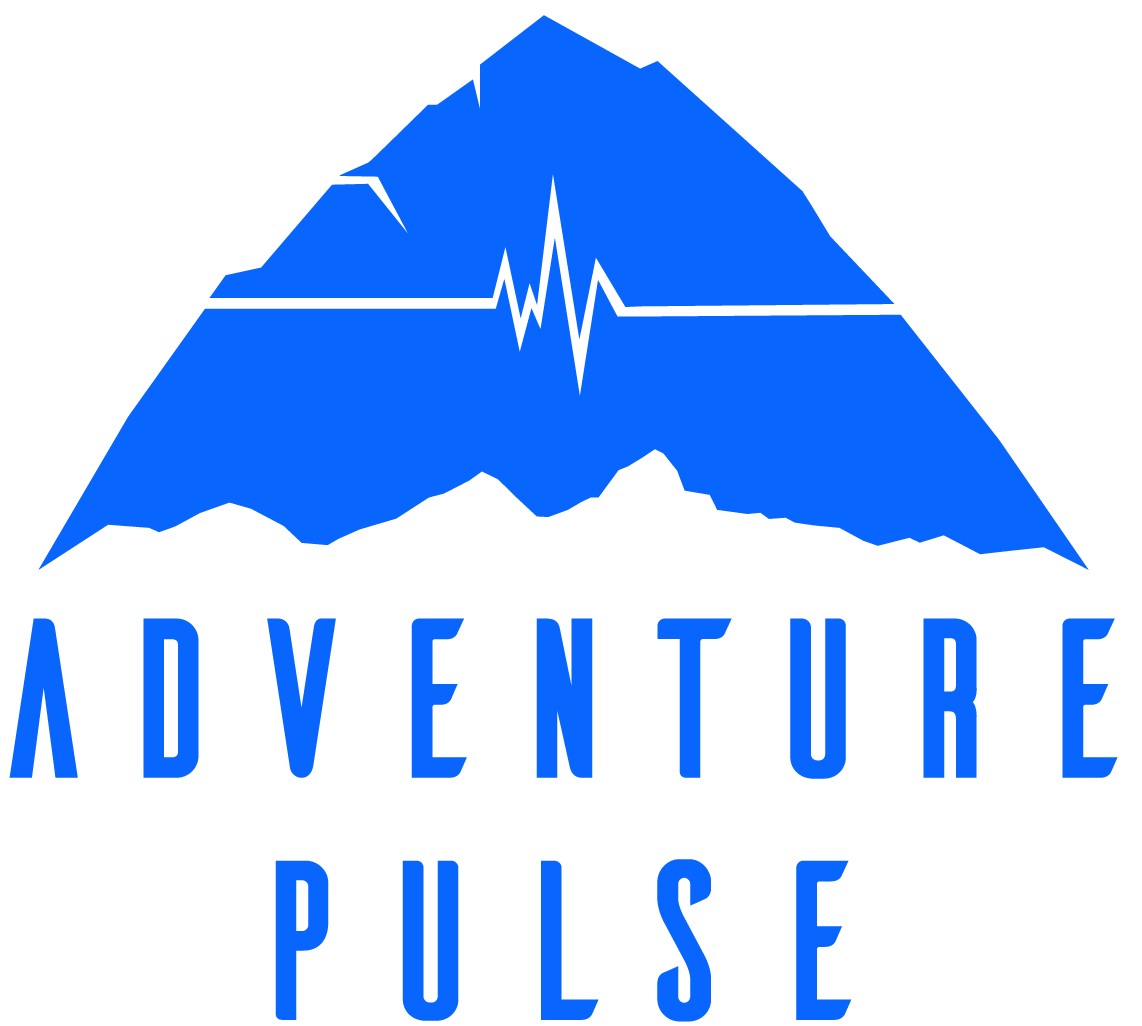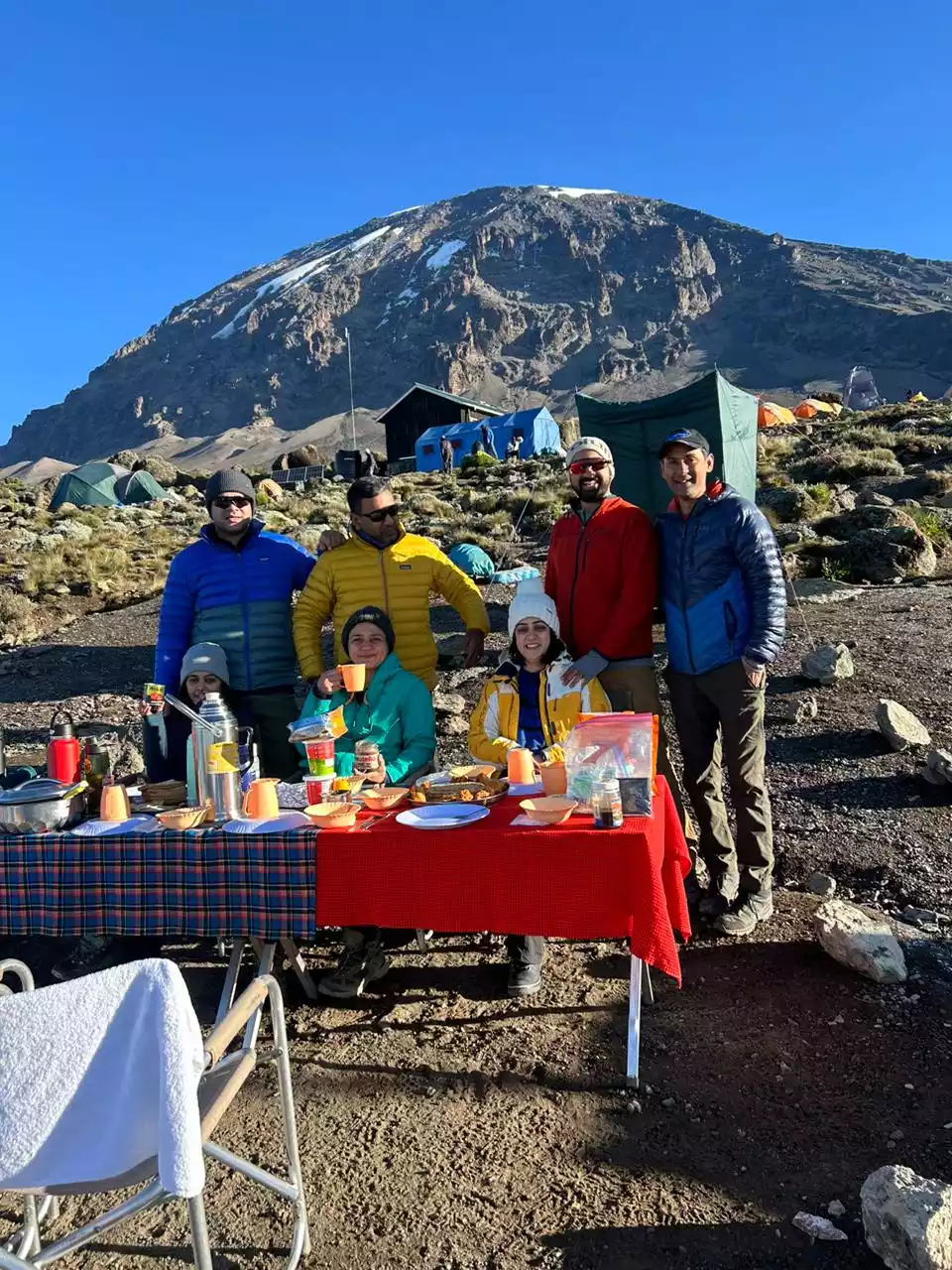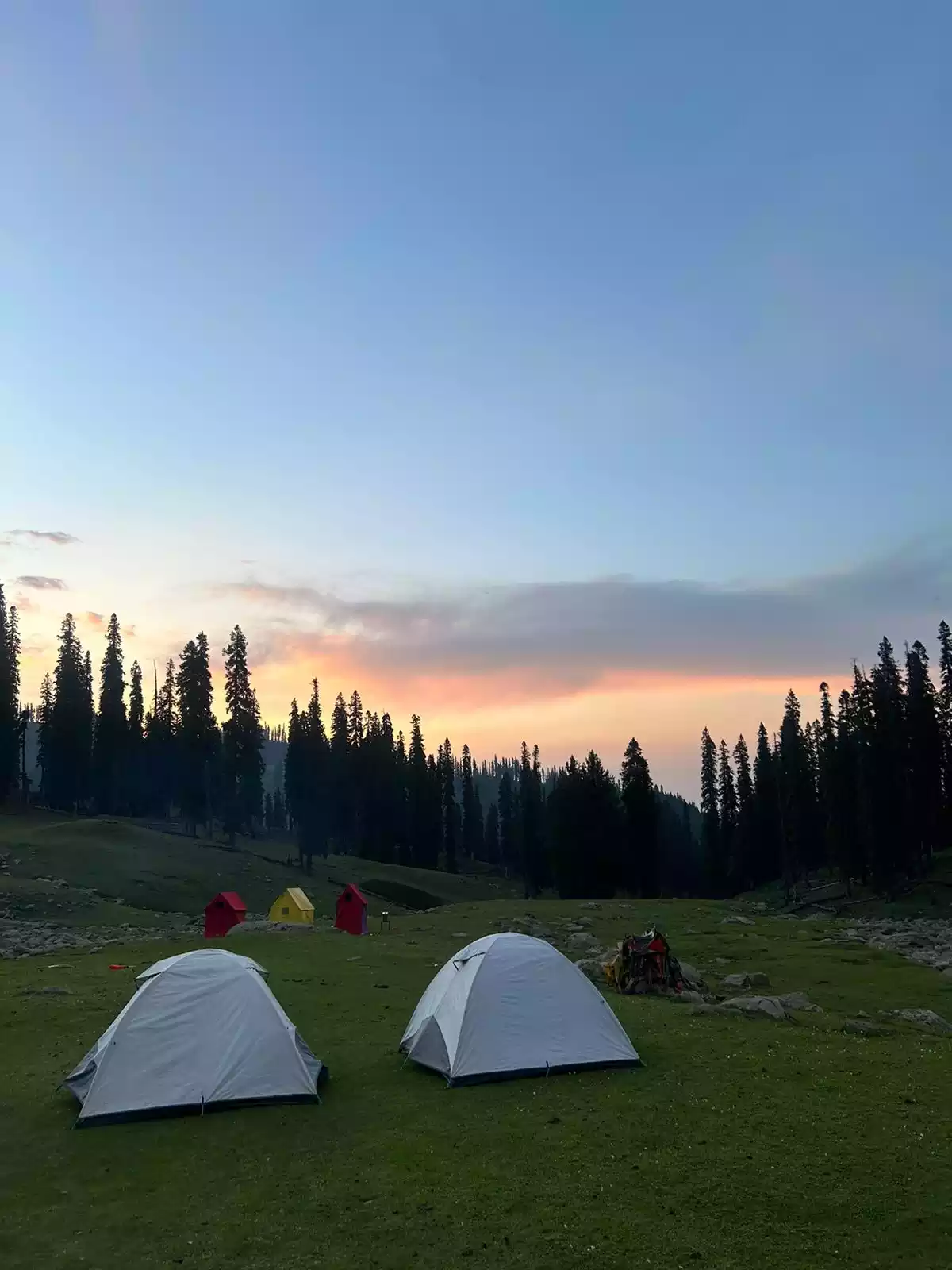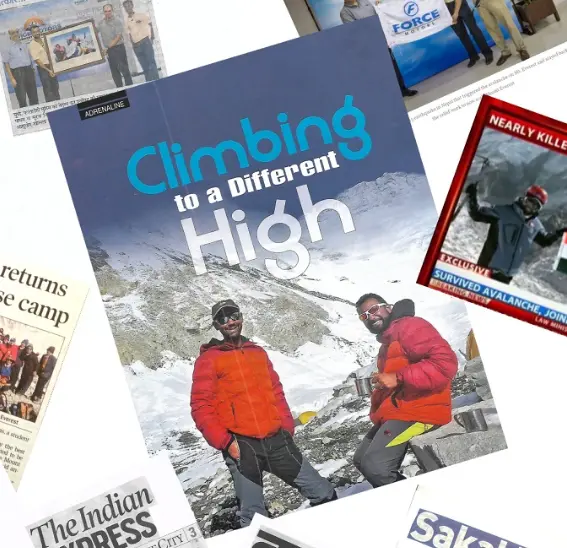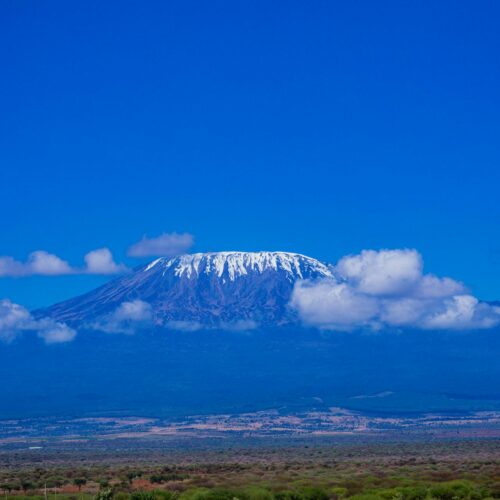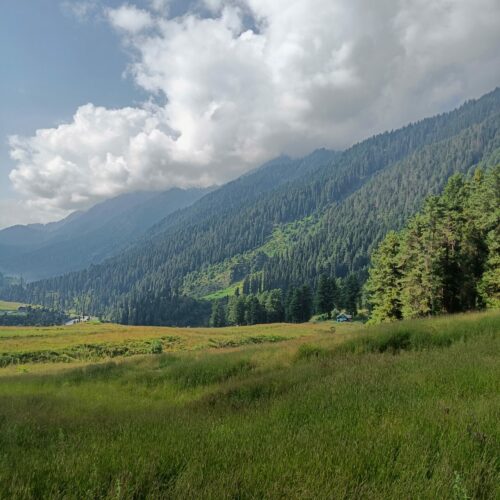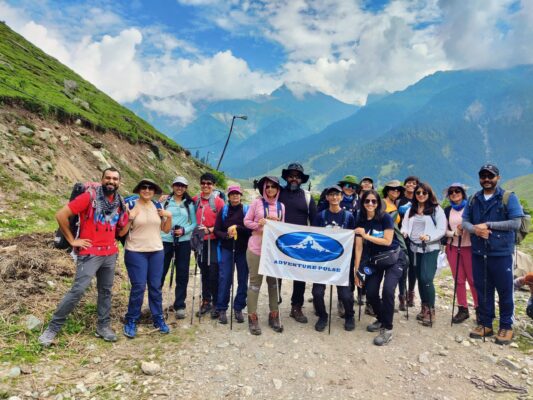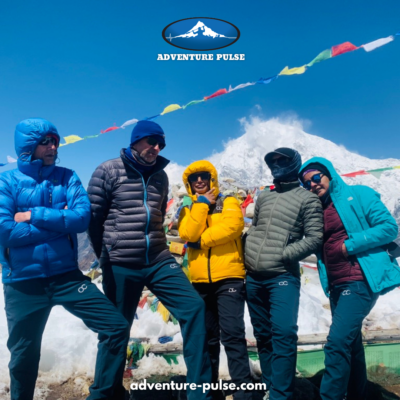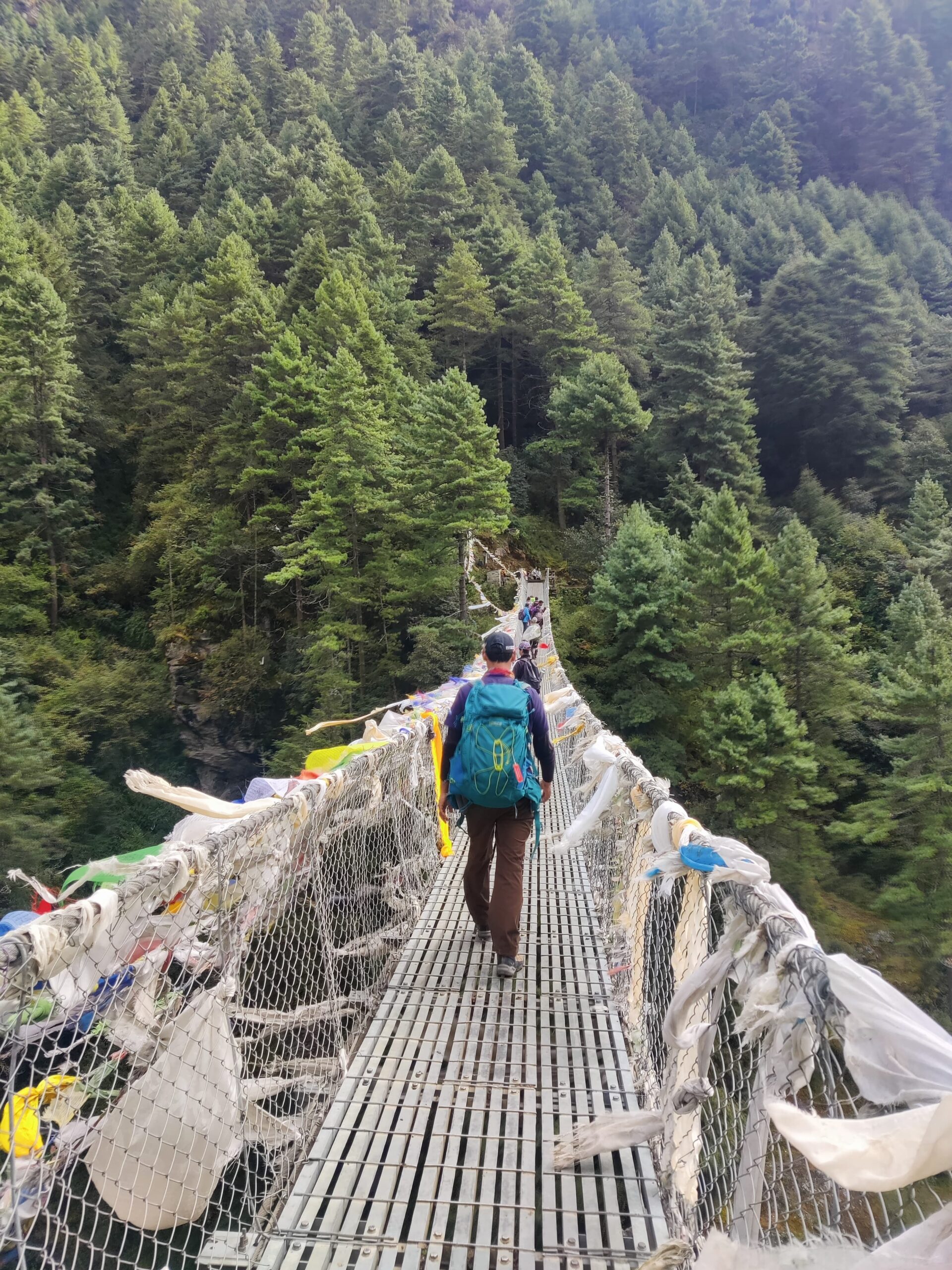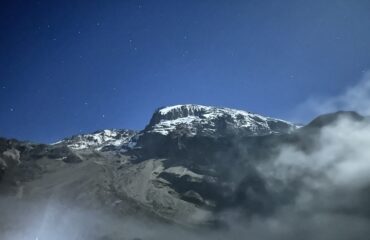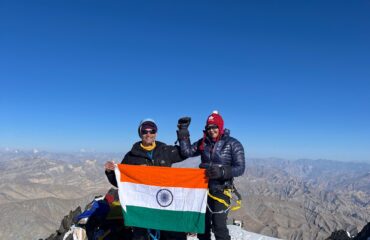
Which is the highest mountain in the continent of Europe? The most common non-mountaineer answer to this is Mont Blanc in the Alps. But the correct answer to this is Mount Elbrus located in Russia. It’s a dormant volcano part of the North Caucasus mountain range and is located in Southern Russia close to the border with Georgia. Mount Elbrus has two summits, both of which are dormant volcanoes, the higher one is the west Summit located at 5642m and the East Summit stands tall at 5621m.
Out of the seven summits that most mountaineers aspire to climb, Mount Elbrus is one of the most accessible and relatively easy to climb, Or so I’d heard. Though Co-incidentally, out of the seven, Mount Elbrus was the first I climbed. Standing tall at 18,500 feet, a tad bit higher than the base camp of Mt. Everest, the altitude may not be very intimidating for most mountaineers, especially when compared with Everest or an Aconcagua, but Mt. Elbrus can pose its own challenges and is a constant reminder of the fact that no mountain is easy to climb. I have climbed Mt. Elbrus twice, and on both occasions had very interesting and different experiences.
Out of almost a dozen mountains, I’ve climbed above the altitude of 18,000 feet, Mt. Elbrus, in my opinion, is a shorter and more organized climb as compared to most others, also the coldest though. The Journey to get to the base village of Treskol or Cheget may be slightly longer, but once you are there the climb in itself is not very long. Where most peaks of this altitude will take at least 12 – 15 days, Mount Elbrus can be be done in 6-7 days from the base village of Cheget. The Infrastructure developed on this mountain does offer a lot of convenience and safety to the mountaineers.
The Baskan valley is a remote place, even for the Russians and twin villages here- Treskol and Cheget are located at roughly 6800 feet and have some beautiful and quaint mountain hotels and Lodges to stay in. Most climbers spend 2-3 days in these villages to do day hikes to acclimatize for the climb ahead. There are several options of acclimatization hikes, the two most popular being – the Cheget peak which is at 11,800 feet and the observatory on the Treskol peak at around 11,000 feet. The Views from both these places are magnificent and one can see miles together in the Baskan valley.
I have done both these hikes as part of our acclimatization plan and would personally recommend hiking to the Cheget peak, as its slightly higher and offers brilliant views of Mt. Elbrus. However to trek up to the Cheget peak, one needs a zone border permit in advance, so please make sure that your trekking company can organize that for you. Both the villages also have a couple of good equipment rental shops and one can rent everything here from snow boots to crampons, to Ice-axes to good quality down jackets depending on what you need.
Since the Elbrus region is as famous for Skiing as it is for climbing Mount Elbrus itself, there are various Ski Lift stations which the Skiers use during the season. For climbers attempting to climb Elbrus, the most common practice is to take a series of 3 Ski-Lifts which is closest to the Barrel huts or the Blue huts (often referred to as the base camp for Mt. Elbrus).
The first Ski-Lift departs from the Azau the main location of hotels and cafes at Treskol, which is located at an altitude of 2350 m and rises to the station “Old Horizon” (3 000 m). The second stage of the lifts goes from the station “Old Horizon” to the station “Mir” and rises another 500 m – to a height of 3,500 m. The third, final, cableway rises from Mir station to the top Gara-Bashi station almost at 3800m. From here the Summit of Elbrus is less than 2000m and most climbers do this in 3-5 days depending on the weather conditions.

Ski Lifts on Mount Elbrus
From the base camp at 3800m, after a day’s rest, one usually heads up to the Pastukov rocks for an acclimatization climb. These rocks are situated at 4600m, this is a long hike and can take up to 6-8 hours of climbing up and down. The next day is usually spent resting and practising some basic techniques like rope-up’s, getting used to the crampons and understanding your Russian Guide’s English. The Summit push is done early morning, most teams who decide to climb all the way from the blue huts usually leave by midnight and for teams who take Ratracks up to Pastukov rocks usually leave by 3 or 4 am. If you aren’t a very strong climber and your tolerance for cold is low, taking a snow Trac is advisable as the push from the Blue huts all the way to the Summit can be very long & very cold.
Mount Elbrus is one of the coldest and windy mountains I have experienced. On our climb in 2016, the winds speed went up to 35 kmph and the ambient temperatures dropped to about -20 on the final Summit climb and in 2019, the winds speed went up to 40-45 kmph and we had to abort our Summit climb 400m from the Summit of Elbrus. Of course, we were disappointed, but safety always comes first.

Acclimatization Climb to Pastukov rocks.
By the medium of this blog, I am going to use my experience on Elbrus to answer some of the basic questions about this climb :
How does one reach Mt. Elbrus?
Reaching Elbrus is not a short journey. To begin with, wherever you are in the world, you would first need to take a flight to the capital of Russia – Moscow. After you land, one needs to take a connecting flight to the town of – Mineralvody (literally translates into mineral water). Moscow to Mineralvody is a 2-hour flight and from this airport, the base village of Elbrus is a 3 to 4-hour drive.
What is the required Paperwork?
You would need an invitation letter to visit Russia, which your climbing company organizes for you. We at Adventure Pulse take care of the Invitation letter for all our clients. The other important papers required are – A climbing permit to Elbrus and the Border zone permit to hike up to the Cheget peak, all of which are taken care of by Adventure Pulse.
What kind of physical shape do I need to be in to climb Mt. Elbrus?
Elbrus is one of the seven summits and can be a tough one. Especially the final summit push is long and can be 12-14 hours. One definitely needs to be in good physical shape and should’ve done at least one climb or a trek to 5000m.
Is the Mount Elbrus Trek a technical climb?
In my opinion, the Elbrus climb is a good start to something technical you may want to climb in the future. I would call it a “Semi-technical climb “. Even though one is using some technical equipment like – Harness, snowshoes, crampons and possibly even an Ice-axe, the use of some of these equipments are limited only for safety as there are no fixed lines on the climb ( except sometimes on the Sedlowina saddle at the time ). The most important gear is the snowshoes and crampons which would enable you to negotiate the snow and the ice properly. However, the rest of the gear is used for safety in case someone needs to be roped up.
What are the Stay and food arrangements on Elbrus?
At the base village of Cheget or Treskol, there are some nice & quaint mountain hotels. Adventure Pulse puts you up in one of these centrally located mountain hotels with all meals included. On the Mountain, the stay arrangements are made in Blue huts, they are shipping containers modified like train bogeys inside. Each small cabin has 2 bunk beds and some basic furniture and charging points. They are reasonably comfortable for a 3-5 day stay. The meals are usually organized in the dining area which is also a container but modified from inside to be a kitchen and a dining area.
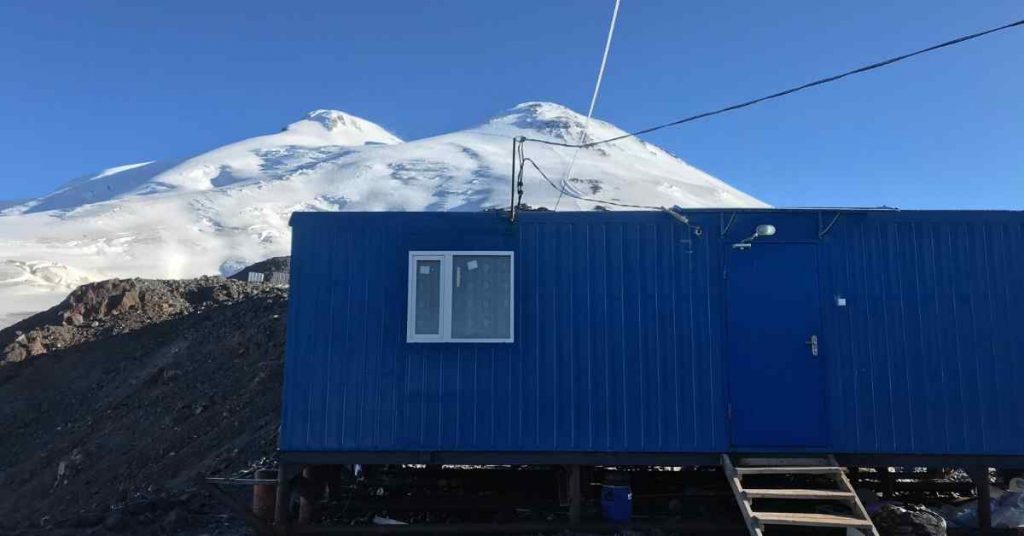
Blue huts: shipping containers modified to accommodate climbers.
What are “Ratracks” and what are they used for on Mount Elbrus?
They are big snow machines, like bulldozers which move up and down the mountain. Locally they are known as Ratracks. They are very capable machines and can go up to 4900m on Mt. Elbrus. That’s almost up to 700m short of the Summit. A Ratrack can usually carry up to 15 people and hundreds of Kilograms of equipment. These machines are used to ferry loads/bags/food and even people from the final Ski Lift station to the huts. They are also used by some teams to dropped to the Pastukhov rocks on the final Summit day. This reduces the physical climb by about 4 hours. Ratracks are extensively used for rescue as well, overall almost act like a lifeline on Elbrus.
Got more questions about Mt. Elbrus? Contact us at [email protected]
